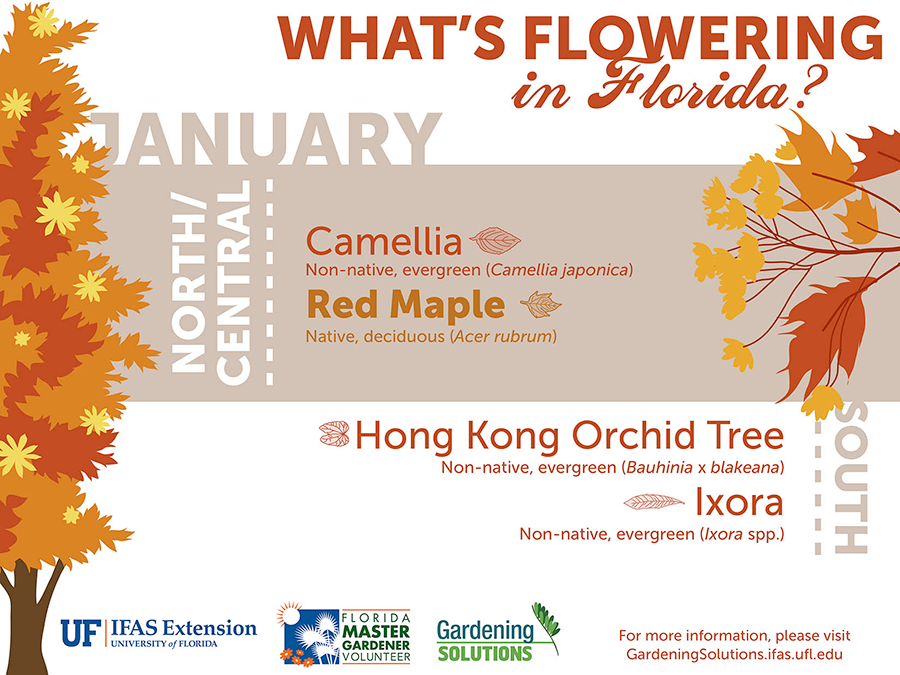Indicators It's Time To Get Rid Of A Tree - A Home Owner'S Guide
Indicators It's Time To Get Rid Of A Tree - A Home Owner'S Guide
Blog Article
Created By-Jacobsen Halsey
Trees include appeal and value to property, however they can also pose a danger during severe climate events. If a tree has actually stopped expanding, is showing visible fungal development, or has a leaning trunk, it ought to be gotten rid of by an expert to stay clear of residential or commercial property damage and injury.
To read more, go to a homeowner source fair co-hosted by HPD, the Facility for NYC Neighborhoods, and Brooklyn-based real estate partners this night in Bedford-Stuyvesant. The event will certainly include the Property owner Handbook, a new overview to help homeowners browse the responsibilities of having a home.
1. Dead or Perishing Branches
Trees are an indispensable part of your home's landscape, offering color and elegance. https://howtoremoveastumpwithouta62849.yomoblog.com/35606125/securing-your-properties-by-getting-rid-of-trees offer shelter for wildlife and create oxygen, however also healthy trees can experience illness that may necessitate their elimination. Dead or passing away trees aren't simply unsightly, they can be harmful. Their branches can fall during a tornado, leading to expensive home damage and injuries.
When a tree's branches start to pass away, it means that its structure is starting to break down. If most of its branches are dead, it is likely time to remove it.
Try to find an absence of brand-new development, bark peeling, open injuries or dental caries, fungi expanding on the trunk or roots and a basic appearance of decay in the entire cover. These indications of infection can indicate a major trouble that will certainly need expert tree services to deal with.
2. Leaning maintenece
While it's regular for trees to lean periodically due to phototropism, if a tree has a dangerous or extreme lean that's not because of natural processes - maybe an indication that the tree requires to be removed. If the tree is favoring a high-voltage line, home, vehicle, play framework or any other location that could be dangerous to people if it drops, then contacting a specialist tree solution for elimination must be a top concern.
It's likewise crucial to watch for any sudden changes in a tree's leaning as it can show damages to the roots or trunk that may cause dropping. This is especially real throughout stormy weather, given that high winds and rain-soaked dirt can create a lean to transform rapidly. working maintenance , especially during and after storms can aid home owners recognize possible problems with their trees so they can call an arborist for a comprehensive assessment.
3. Insect Infestation
Some pest infestations, such as wood-boring pests like emerald ash borer or sap-suckers like range insects, are so extreme that they can cause a tree to pass away. The most effective way to avoid pest invasion is to monitor your trees regularly. Seek spots, holes, or stainings in the fallen leaves and bark. Examine the trunk for fractures and indications of insect damages, such as passages or tracks.
If a tree comes to be too infested with parasites, or is close to a home or power lines, an arborist may suggest removal. If a leaning tree establishes a new, unsteady lean, an arborist will likely recommend removal too to guarantee the safety of individuals and residential or commercial property. If a damaged or dead tree continually drops extreme branches, it is an indication that it is time to eliminate the tree. If a tree continues to drop branches for an extensive period of time, it could lead to architectural problems and potential residential property damages.
4. Harmed Trunk
Trees are a stunning and important part of our landscape, yet they do call for regular care to maintain them healthy and secure. If a tree is damaged irreparable it is likely time for it to come down.
Seek signs of damages to the trunk, consisting of upright splits, seams, dead branch stubs, visible wounds or open tooth cavities and extreme tree-rot. The visibility of fungi at the base of the trunk is another alerting sign. Fungi may indicate that the phloem and xylem (life-support tissues) are compromised, enabling the spread of disease or a future failure.
Also, consider whether the tree has stopped growing. Healthy trees will have brand-new growth annually, which may be visible as buds or branches growing and extending. If you don't see any kind of new growth, it's an excellent concept to have an arborist examine the tree and follow their recommendation for elimination. A passing away or damaged tree can fall and trigger property damage.